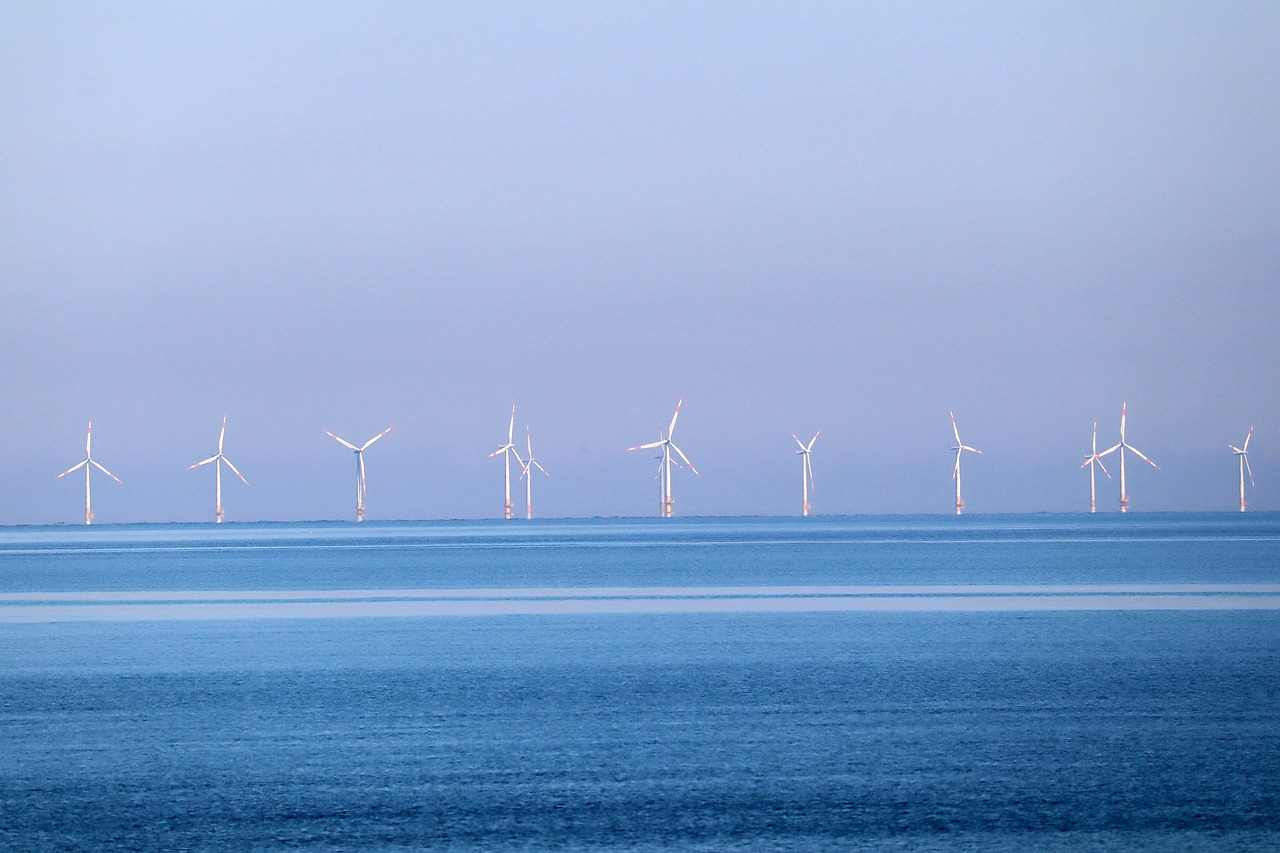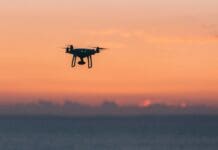This post is also available in:
 עברית (Hebrew)
עברית (Hebrew)
Offshore wind energy is becoming more and more popular, and experts are worried the noise it causes may interfere with communication between marine mammals. Saildrone, an underwater uncrewed surface vehicle (USV) company, is collaborating with RPS to build a surveillance network that combines acoustic technologies, autonomous vehicles, and machine learning, according to a press release by the companies.
According to Interesting Engineering, Saildrones are USVs that run primarily on solar and wind energy. Their onboard systems are powered by solar panels and are mostly propelled by wind, which makes them capable of long-term autonomous operations. They are employed for a variety of data collection tasks, including weather forecasting, ocean and climate monitoring, and the study of marine ecosystems.
Saildrone CTO Brian Hernacki states this “milestone achievement represents a significant step forward in our ability to study and protect whales and other marine mammals,” and explains that Saildrone’s passive acoustic technology allows them to gather vital information in a non-invasive and cost-effective manner and, combined with the mobility and endurance of their uncrewed platforms, provides unprecedented monitoring capability, facilitating research, conservation and commercial enterprise.
Meanwhile, the acoustic experts at RPS need to process the gathered data and identify the species emitting the calls that are recorded. In order to do this, they will use the “Neptune” machine learning system that provides a prediction algorithm for the precise traceable detection of marine animal vocalizations.
Saildrones are adaptable platforms that can be configured for a number of diverse tasks. They have the capacity to gather data in difficult and isolated ocean conditions, which may be too expensive and risky for crewed research vessels to approach. Saildrone technology provides a cutting-edge method for ocean exploration, offering affordable and environmentally friendly ways to gather important data from the world’s oceans, this according to Interesting Engineering.
Stephanie Milne, RPS team leader, US Offshore Renewables, explains that offshore wind energy is crucial for creating greener, more sustainable energy, but they must ensure that it does not harm the species that share the habitat.
“Saildrone and RPS are working together to provide a unique, flexible and adaptable solution to marine mammal monitoring of large areas over significant time periods, using smart tools to reduce personnel in the field but without decreasing the monitoring and mitigation provided to protect our marine animal neighbors,” she said Milne.


























